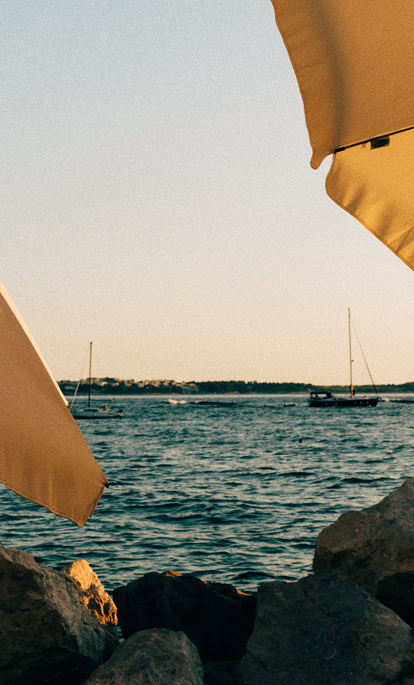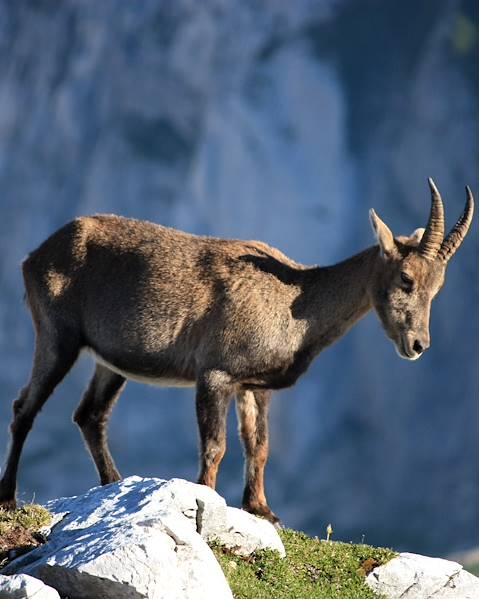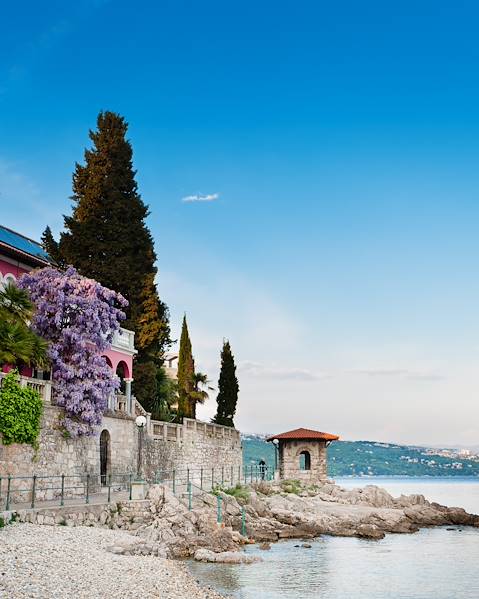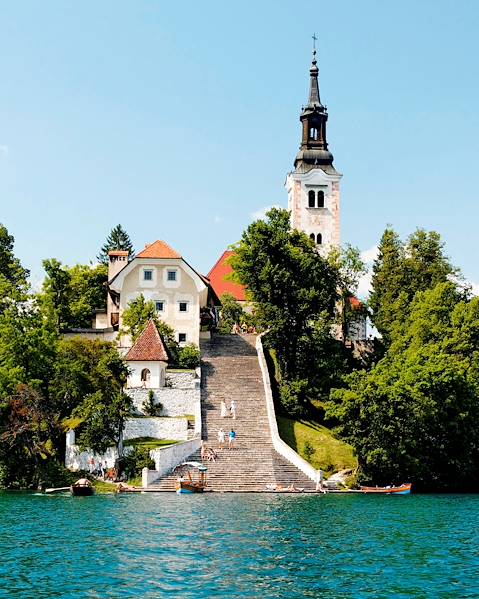Located at the cross-roads between Alpine Europe, Mediterranean Europe and the Balkans, Slovenia is a melting pot of cultures and terrains, combining cuisine and traditions from its neighbours on all sides (Austria to the north, Croatia to the south, Hungary to the east and Italy to the west). Emerging out of this intriguing amalgam you’ll find features that are uniquely Slovenian, and this small yet mighty nation promises emerald mountains, a shimmering coastline and welcoming locals. Read on to find out some things to know before travelling to Slovenia…
Climate & Weather in Slovenia
Slovenia’s climate is divided into three types, depending on the topography: Alpine, continental and sub-Mediterranean. In the Alpine regions (at higher altitudes), temperatures tend to hover around 0°C, in central Slovenia the average annual temperature is between 1°C and 8°C, and in the sub-Mediterranean region it is around 12°C. Summers in Slovenia are warm, especially along the coast, with temperatures reaching up to 30°C. The north-west of the country is one of Europe’s wettest regions and rainfall does occur in Slovenia during the summer months. Spring is considered a good time to visit, as the weather remains pleasant and there is less precipitation. Snow often falls across most regions during the winter.
Currency in Slovenia
The official currency of Slovenia is the euro. Credit cards are widely accepted throughout the country and bringing an international card (with no transaction fee) is recommended. ATMS are also easily accessible across the country. Locals tend not to leave tips in restaurants, however if you felt the service was good, a tip of 10% is customary and much appreciated.
Food & Drink in Slovenia
Slovenia’s cuisine features influences from the Alpine and Mediterranean regions, with an emphasis on local and seasonal ingredients. Staples include stews, fresh seafood, pork, grains (such as barley), fruits, vegetables and skuta (fermented curd cheese). Some traditional dishes worth sampling include frika (an omelette-like dish, made of thinly sliced potatoes and Tolminc cheese), kranjska klobasa (Slovenia sausage made of pork and bacon), jota (a hearty stew made from sour turnip, beans, pork and potatoes). Štruklji (filo dumplings filled with skuta and walnuts) and potica (yeast-risen dough rolled with a layer of filling, often walnuts) are popular sweet treats.
In terms of popular drinks, Slovenia’s three wine regions produce a variety of delicious wines which are worth sampling if you’re a keen oenophile (wine lover). Slovenia has a long tradition of beer brewing, with Union and Laško as the most common brands, although there are also plenty of craft breweries popping up across the country. Schnapps – known as zganje in Slovene – is another crowd-pleasing alcoholic beverage, drunk at times of national celebration. Flavours include slivovka (plum), borovnica (blueberry), medica (honey) and viljamovka (pear). The tap water in Slovenia is safe to drink throughout the country.
Transport in Slovenia
Slovenia’s public transport system is extensive and generally reliable, with a choice between trains, buses, bikes and car rental. The main cities each have their own public transport (for example, Ljubljana has buses and a cable car) and you can often purchase a city travel card for the duration of your stay, offering an inexpensive way of navigating the cities. Riding bikes is another common way of getting around and in Ljubljana, there are bike stations dotted around the city (you can register online to rent bikes prior to your visit). Trains are a handy way of travelling between cities and some train stations also operate internationally to nearby European countries. Taxis are another easy and safe way to get around cities, although be sure to use registered companies and avoid unlicensed street taxis. Finally, renting a car is a good way of exploring Slovenia at your own pace and our travel experts can help design a Slovenia road trip itinerary if you’re interested in seeing a lot of the country during your trip.
Language in Slovenia
The official language of Slovenia is Slovene, which is spoken by the majority of the population and is similar to other Slavic languages. English is also fairly widely spoken in Slovenia and the country is ranked as one of the top European countries in terms of knowledge of foreign languages. German and Italian are also widely spoken. While a lot of locals will speak English, it’s a nice idea to learn some basic Slovene phrases before travelling. ‘Good day’ is dober dan, ‘please’ is pro sim and ‘thank you’ is hvala.
Etiquette in Slovenia
The main religion is Catholicism and respectful clothing should be worn inside churches and around religious sites. Generally, people greet each other with a handshake and three kisses. Slovenians are naturally soft-spoken and do not raise their voices when conversing, hence initial greetings can often be quite formal. Overall, they are very welcoming people, and always willing to talk to visitors and give them tips or directions.
Health & Safety in Slovenia
Slovenia is generally a very safe country to visit and there is a low rate of crime, however petty crime does sometimes occur, and you should take the usual precautions to avoid this, especially in busy tourist areas. Don’t leave belongings unattended, watch out for pick pockets in public areas and be sure to have travel insurance for your possessions. Always keep your passport, air ticket and other valuable items in a safe place. Report any incidents of crime to the local police and get a police report.
Slovenia is renowned for its adventure activities, such as trekking, hiking, kayaking and climbing. Ensure you bring the correct equipment and have routes planned out before setting off on hiking excursions. If you’re planning to attempt mountain summits, use a mountaineering helmet, as rockfalls can be a risk when climbing or trekking. Gear is available to rent in areas with more challenging routes and via ferrata cables. While most hiking and trekking paths are well-trodden, with 5,590 miles of trails throughout the mountains, it is possible to go off-the-beaten path. In the event of this, tell someone where you are going, trek with other people and check the weather conditions before embarking on the route. In an emergency, you can contact the Mountain Rescue Association of Slovenia by dialling 112.
Must-sees in Slovenia
- Ljubljana – the pastel-painted capital of Slovenia’s name means ‘the beloved’ and it’s easy to see why, as the charming city is both beautiful and filled with interesting architecture, museums, restaurants and historic monuments.
- Lake Bled – one of the most photogenic places in Slovenia, Lake Bled is surrounded by forest-covered hills and can explored by boat.
- Triglav National Park – located in the Julian Alps, Triglav’s rugged mountain ranges and rocky outcrops contain some of Slovenia’s best hiking and climbing routes.
- Piran – if you’re after some sea and sunshine, Piran is a colourful coastal town perched right on the Adriatic Sea.
- Vintgar Gorge – with boardwalks which cling to the cliffsides along the Radovna River, Vintgar Gorge is both beautiful and easy to navigate through.
Things to Bring to Slovenia
As the climate can be changeable, packing layers is good idea to ensure you’ll stay cosy in the colder regions and are comfortable in the warmer parts of the country. If plan to hike and trek while in Slovenia, ensure you pack comfortable walking boots and any necessary equipment for your excursions. If you’re visiting during the summer months, be sure to bring suncream, sunglasses and a sunhat. Bringing mosquito repellent is also advised.
















